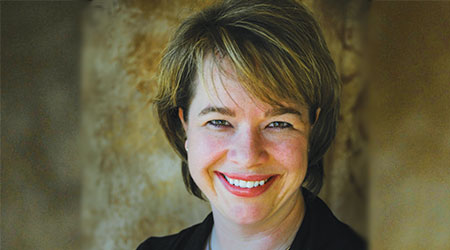Setting Standards in Facility Management
Fragmentation in various standards holds back the profession of facility management. Having one set of standards that has evolved with the profession can help strengthen it.
Setting a standard
While we have standards that influence facility management to varying degrees, the facility management profession still finds itself reaching out to the various standards, adapting and adopting as needed. That approach can work, but perhaps there is a better way.
What about a specific standard for facility management?
One of the significant issues we face in the profession today is fragmentation. From the terminology we use to the processes we implement and the metrics we adopt to help us understand performance, we exercise a tremendous amount of individuality within our organizations.
We tend to value the creativity and autonomy that comes with individuality, but that uniqueness can hold back the profession. It limits our ability to communicate clearly with others who are not in our organization, unnecessarily complicates our interactions with technology and can make performance improvement more difficult to achieve.
As an example, I was recently reviewing the performance of a large portfolio of buildings. I made the mistake of thinking the review would be fairly straightforward, though perhaps tedious, and that the data for the various buildings would be submitted in the same format using the same defined data types.
How wrong I was. Some data was not usable because not everyone had collected it the same way or with the same definition. I had to research other data to determine the way I should use it. In the end, I had enough information to perform basic comparatives, but common terminology, processes, and definition of metrics would have helped and certainly will influence future reviews.
Professionalization demands a shared language and way of conducting the business of facility management. This recognition has led to the development of an international standard for facility management. It started in 2011 with the formation of ISO Technical Committee 267, Facility Management, which was created for the very purpose of developing a facility management standard. As of this April, the first two documents were produced: ISO 41011:2017 —Facility management — Vocabulary, and ISO 41012:2017 — Facility management – Guidance, on strategic sourcing and the development of agreements.
I was really excited about the vocabulary standard. It seems simple, but it was quite an effort for the ISO technical committee to get even this far. They accomplished quite a feat, considering the number of people and countries involved and the variety of cultures and languages they represent.
We have needed a common understanding of the terminology we use. Having a common language creates a solid foundation. Once the additional documents of the facility management standard are developed and released, it will provide a framework on which we can hang all of the other standards that are relevant to our unique businesses and give them a proper context.
It can serve as our common lens. This will impact the way we understand performance and the issues we choose to focus on, driving the metrics we use to measure performance and develop comparative benchmarks. The metrics we measure will influence and be influenced by our workflow processes, and this will lead us to our technological tools that will be adapted and tuned to the needs of our organization as defined by our framework, metrics, and processes.
More importantly, this process will provide the facility management profession with a better basis to articulate the training and qualifications necessary for facility management professionals, creating the necessary differentiator to recognize professionals and the value they bring to their organizations.
Laurie Gilmer is vice president of facility services with Facility Engineering Associates (FEA). She leads FEA’s group in its execution of facility asset management, building energy management, and sustainability services. Gilmer co-authored the International Facility Management Association (IFMA) second manual in the Sustainability “How-To-Guide” Series, EPA’s Energy Star Portfolio Manager.
Related Topics:













